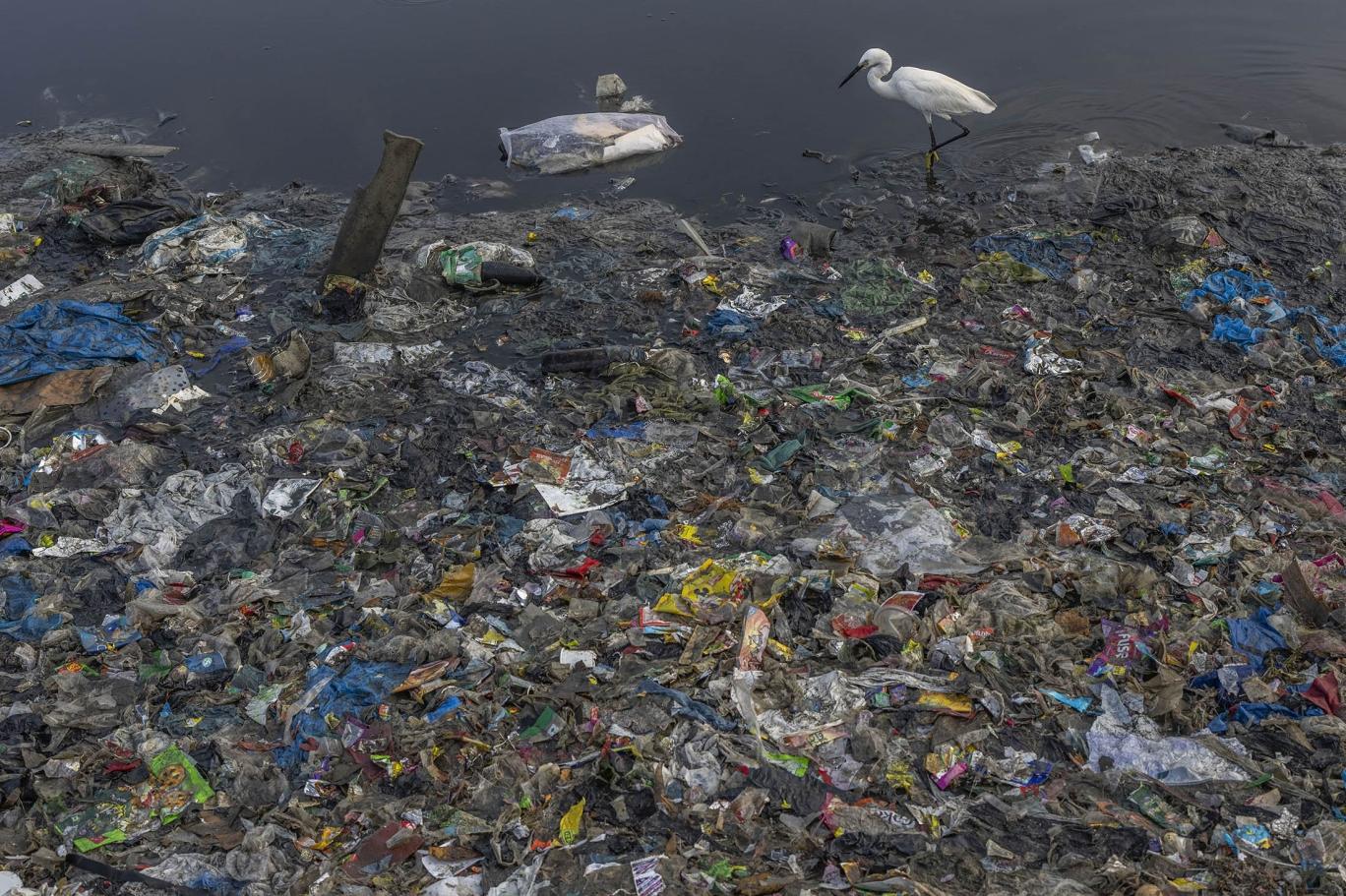It was revealed that a 1 percent increase in plastic production is directly linked to a 1 percent increase in plastic pollution.
A new study by an international team shows that fast-moving consumer goods contribute far more to this global problem than household and retail products.
The study, which analyzed more than 1 million 870 thousand plastic garbage collected from 84 countries for 5 years, found that 56 companies were responsible for more than half of the pollution caused by branded products. Among these, Coca-Cola caused the highest pollution with 11 percent, followed by PepsiCo with 5 percent, Nestlé and Danone with 3 percent each, and tobacco producer Altria/Philip Morris International with 2 percent.
Although the contribution of plastic production to pollution is well known, researchers say such a measurement on a global scale has never been done before. “The industry likes to put the responsibility on the individual,” says Marcus Eriksen, co-author of the study published Wednesday in the peer-reviewed journal Science Advances.
However, we would like to point out that brands themselves choose the types of packaging they use and adopt this disposable model when delivering their goods. This is what causes the biggest pile of garbage.
Researchers say that companies’ efforts to reduce environmental damage are not working, and that they need to take responsibility. Win Cowger, who says he “wanted to vomit” when he saw the close connection between production and pollution, says the following about the research he led:
On the other hand, these results give me hope that companies producing fast-moving consumer goods can have a strong positive impact on the environment by reducing their plastic production and moving towards more durable and reusable products.
While the Guardian reports that plastic production has doubled since the beginning of 2000, only 9 percent of it is recycled.
On the other hand, Kartik Chandran, an environmental engineer from Columbia University, is skeptical of the data in the new study. Chandran, who was not involved in the study, argues that the observation that 1 percent plastic production equals 1 percent plastic pollution is “somewhat unrealistic” and “oversimplifies” the situation. The scientist says the data does not include plastic pollution in China, Korea and Japan, and does not take into account current recycling and clean-up initiatives.

